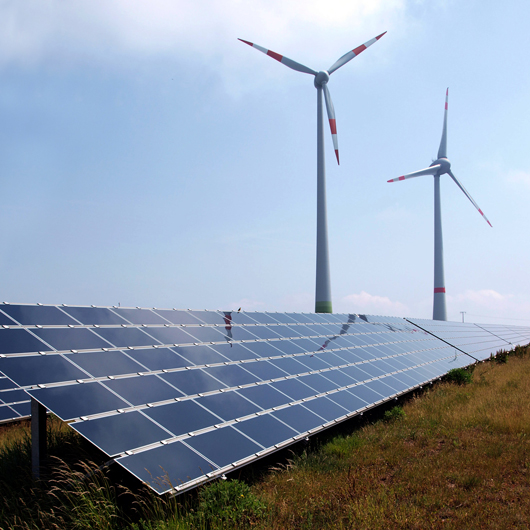Micro Hydropower & Other Energy Sources to End Poverty

Energy is essential to life. The less time spent generating energy the more time available to spend on other life-improving tasks: learning, working, cooking or playing. Those of us living in developed nations undeniably take for granted the electricity coursing through our laptop chargers and lighting our nightstands.
Providing individuals with energy sources can allow them to leave poverty in the dark and walk into a life lit by increased education and economic opportunities as well as improved health. Here are three clean, renewable energy sources that can provide rural, undeveloped communities with the power they need to fuel their lives.
Water
Micro hydropower schemes can harness the power of nearby water sources such as rivers to generate clean, renewable energy to those living without power. Not only do the neighboring villages or towns benefit from the new source of electricity and the lifestyle improvements that come along with that, but the turbines are also manufactured locally and the community takes reasonability of maintaining and running the machinery.
Wind
Small, low-cost wind energy systems can be installed and connected to individual buildings to generate power. While this does not power a whole village, it is a start and can allow locals to re-charge LED lamps or mobile phones that can then be used off location, filtering the power throughout more than just the generated building.
Manure
Cow manure can be mixed with water and fermented to create biogas, which is a renewable natural gas that can be used to generate power. The gas can be collected and stored until it is needed in the house and residue of the manure mixture can be used for fertilizing.
Micro hydropower is ideal for rural agriculturally based villages where manure is easily available and the fertilizer is in demand.
– Brittney Dimond
Sources: Practical Action, Alternative Fuels Data Center
Photo: Wikipedia
